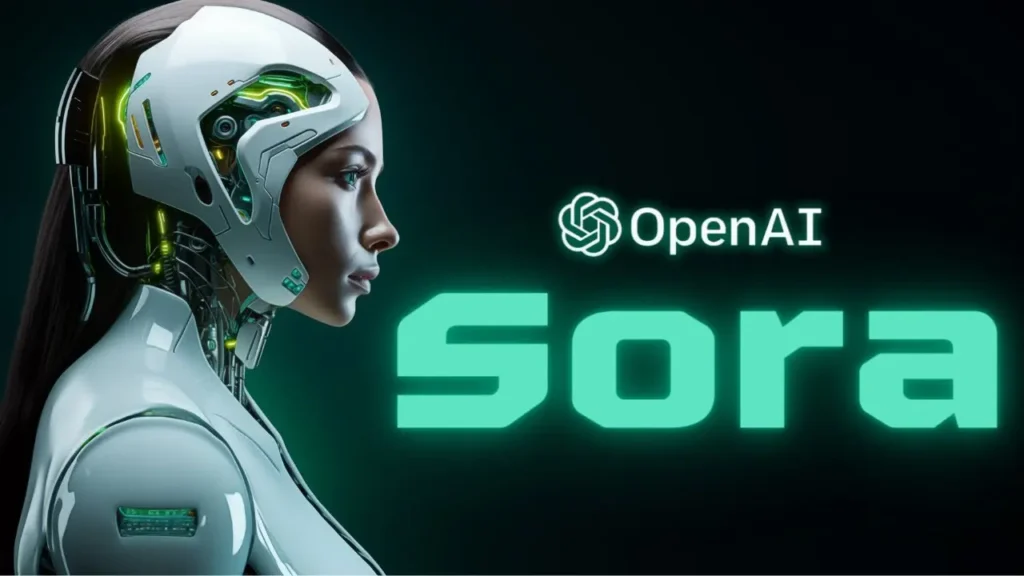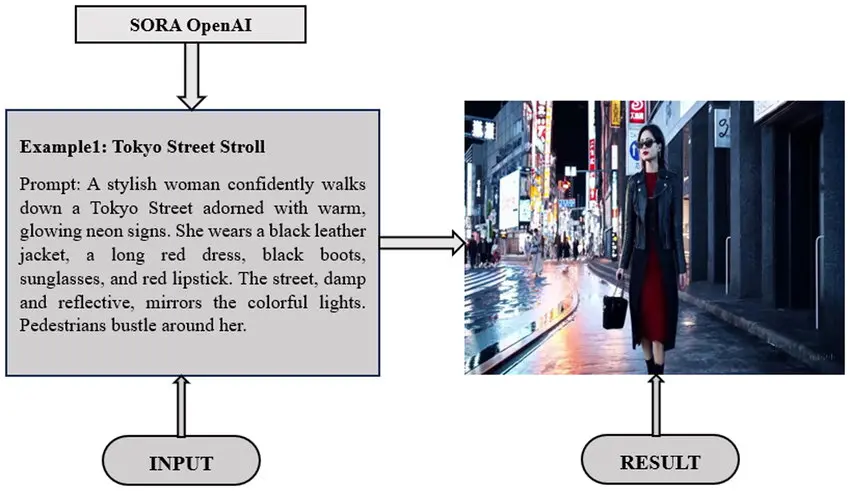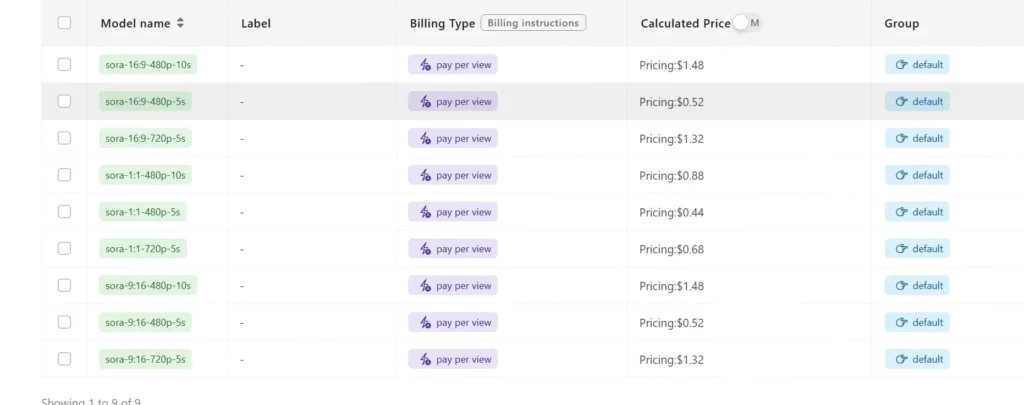How to Use OpenAI’s Sora API via CometAPI: A Complete Guide

OpenAI’s Sora is a cutting‑edge text‑to‑video model that transforms descriptive prompts into high‑fidelity videos through advanced diffusion and GAN techniques. Although OpenAI has not yet released a native public Sora API, CometAPI has introduced seamless access to Sora—alongside 500+ other models—via a unified REST interface. This article walks you through understanding Sora, integrating it with CometAPI, authenticating and configuring your environment, making your first request, optimizing workflows, leveraging advanced features like remixing, and adhering to best practices for cost, compliance, and ethical use.
What is OpenAI’s Sora and why does it matter?
What makes Sora unique among AI video models?
OpenAI’s Sora is one of the first large‑scale AI models capable of generating realistic videos of up to 20 seconds from purely textual descriptions, marking a significant advancement beyond static image synthesis . Unlike earlier models that focused on single‑frame image generation, Sora employs spacetime patch diffusion architectures combined with generative adversarial networks (GANs) to ensure motion coherence and temporal consistency across frames.
How does Sora generate videos from text?
At its core, Sora’s pipeline takes in a prompt—optionally enriched with image or video context—and encodes it into a latent representation that captures both spatial and temporal dimensions. A diffusion model then iteratively refines this latent over multiple denoising steps, creating new frames that align with the prompt. Finally, a GAN‑based upsampler enhances the resolution and visual fidelity to full HD . This multi‑stage approach allows Sora to balance creativity with high‑quality output.
Is Sora available publicly through OpenAI?
As of May 2025, OpenAI itself has not published a dedicated public REST API for Sora; access remains restricted to an internal cohort of safety testers, researchers, and selected creative professionals. Community forums confirm that OpenAI’s roadmap currently lacks direct Sora API endpoints for general developers, though this could evolve in future product cycles.

How can CometAPI simplify access to Sora?
What is CometAPI and how does it work?
CometAPI is a unified AI model aggregation platform that provides developers with one API endpoint to access over 500 different AI models—ranging from language models like GPT‑4.5 to image and video generators like Runway Gen‑3 Alpha and Sora. Instead of managing individual keys, endpoints, and billing across multiple vendors, you use a single API key and base URL to route calls to your desired model by specifying its name in each request .
Why use CometAPI for Sora integration?
- Unified Authentication: One key for all models reduces credential sprawl and simplifies secrets management .
- Flexible Model Switching: Swap out Sora for other video or image models (e.g., Suno, GPT‑image‑1) without code changes beyond the model parameter.
- Cost Efficiency: CometAPI offers volume discounts and lets you select the most cost‑effective provider for each task, potentially saving up to 20% on mainstream models .
- Scalability and Reliability: With unlimited throughput and a high‑availability infrastructure, CometAPI ensures low latency even at enterprise scale.
How to authenticate and configure the environment?
What prerequisites are needed?
Before you begin, ensure you have:
- Python (3.8+) installed on your development machine.
- An active CometAPI account with API access enabled. You can register and receive free trial tokens from the CometAPI dashboard .
- Familiarity with RESTful HTTP requests or the OpenAI Python SDK, which CometAPI is compatible with via
base_urloverrides.
How to obtain API keys?
- Sign up at CometAPI.com and verify your email.
- Navigate to Dashboard → API Keys.
- Create a new key labeled “Sora‑Integration” and copy its value.
- Store the key securely in environment variables, e.g.:
export COMETAPI_KEY="your_api_key_here".
How to make your first Sora API request with CometAPI?
What does a basic request look like?
Below is a minimal Python example using the OpenAI SDK pointed at CometAPI’s endpoint:
import os
from openai import OpenAI
client = OpenAI(
base_url="https://api.comet.com/sora/v1/videos",
api_key=os.getenv("COMETAPI_KEY"),
)
response = client.chat.completions.create(
model="sora-1:1-480p-5s",
messages=[
"stream": True,
{"role": "user", "content": "Generate a 10-second video of a sunrise over mountains."},
],
max_tokens=2048,
)
video_url = response.choices[0].message.content
print("Your video is available at:", video_url)
This snippet specifies model="sora-1:1-480p-5s" and sends a chat‑style request. The response payload contains a URL to the generated video.
How to handle responses and errors?
- Success: The API returns HTTP 200 with a JSON body. The
choices[0].message.contentfield holds the video link and metadata (resolution, duration). - Rate Limit: If you exceed TPM/RPM quotas, you’ll receive HTTP 429. Catch this in your code and implement exponential backoff or a retry queue.
- Invalid Params: HTTP 400 errors indicate malformed requests—check your JSON schema and required fields.
- Authentication Failure: HTTP 401 signals an invalid API key. Verify your environment variable and key status on the CometAPI dashboard.
Developers can access Sora API through CometAPI. To begin, explore the model’s capabilities in the Playground and consult the API guide for detailed instructions. Note that some developers may need to verify their organization before using the model.
How to optimize video generation workflows?
You can freely match the required sora model according to your different requirements:
- duration: Specify video length in seconds (5s, 8s and 10s)
- Resolution: 16:9, 9:16, 1:1
- Size: 480p,720p

For specific model selection, please refer to https://api.cometapi.com/pricing and search sora to view
Working with streaming or asynchronous responses
For longer queues or batch jobs, Sora supports asynchronous job submission via the async=true query parameter. You’ll receive a task_id and can poll https://api.comet.com/sora/v1/videos/{task_id} for completion status, similar to other CometAPI endpoints .
How to manage quotas and rate limits?
- Monitoring: Use the CometAPI dashboard to track usage, quotas, and billing in real time.
- Token Bucket Algorithm: Implement client‑side rate limiting based on documented CometAPI RPM/TPM thresholds.
- Batching: For high‑throughput applications, batch multiple generation tasks in parallel, each with its own concurrency slot.
- Fallback Models: If Sora is processing-intensive and you hit capacity constraints, route lower‑priority jobs to lighter models (e.g., GPT‑image‑1 for still frames) to maintain throughput .
What are best practices and considerations?
What cost optimization strategies exist?
- Variations vs. Drafts: Generate low‑resolution drafts (
480p) first, then upscale only the selected variation to 720p. - Batching Schedules: Schedule off‑peak batch generations to take advantage of lower spot pricing if CometAPI offers time‑based discounts.
- Selective Upsampling: Use Sora’s built‑in upscaling sparingly; export directly at the target resolution when possible to reduce API calls and tokens consumed.
- Quota Alerts: Set up notifications in CometAPI’s dashboard to alert when you reach 80% of your monthly token or request quota.
How to ensure ethical use and compliance?
- Content Ownership: Only generate and remix scenes you have rights to, in accordance with Sora’s upload terms and OpenAI’s policy .
- Bias and Fairness: Review outputs for unintended biases (e.g., stereotyped imagery) and implement human‑in‑the‑loop checks for sensitive content.
- Privacy: Avoid generating or uploading videos depicting private individuals without consent.
- Regulatory Compliance: If you operate in regulated industries (e.g., healthcare, finance), verify that video content meets domain‑specific legal standards before distribution.
Conclusion and future outlook
OpenAI’s Sora API represents the vanguard of AI‑driven video synthesis, enabling developers to bring dynamic, visually rich content into applications with minimal overhead. While OpenAI has yet to release a native public Sora API, CometAPI fills the gap by offering seamless, scalable access to Sora alongside hundreds of other models through a single, unified interface .
By following the guidelines in this article—understanding Sora’s capabilities, leveraging CometAPI’s unified platform, optimizing your requests, and adhering to ethical best practices—you’ll be well‑positioned to harness the full power of AI video generation today and stay ahead of the curve as this technology evolves.


